Smart Metering Is Mission Critical in Commercial Projects
Energy isn’t just a line on your P&L; it’s a core strategic risk and a key enabler of sustainability, compliance, and asset performance.
Yet, too often, metering is left until late in the design or fit-out process. The result? Inaccurate data, costly retrofits, and unnecessary disputes with tenants and suppliers.
Smart metering provides the data clarity that modern estates, asset managers, and developers need to make informed decisions. It transforms energy from a reactive overhead into a managed, measurable business input.
When smart metering is integrated early in project planning, it supports:
Without smart metering, property portfolios face blind spots: unreliable data, missed cost recovery, and regulatory exposure.
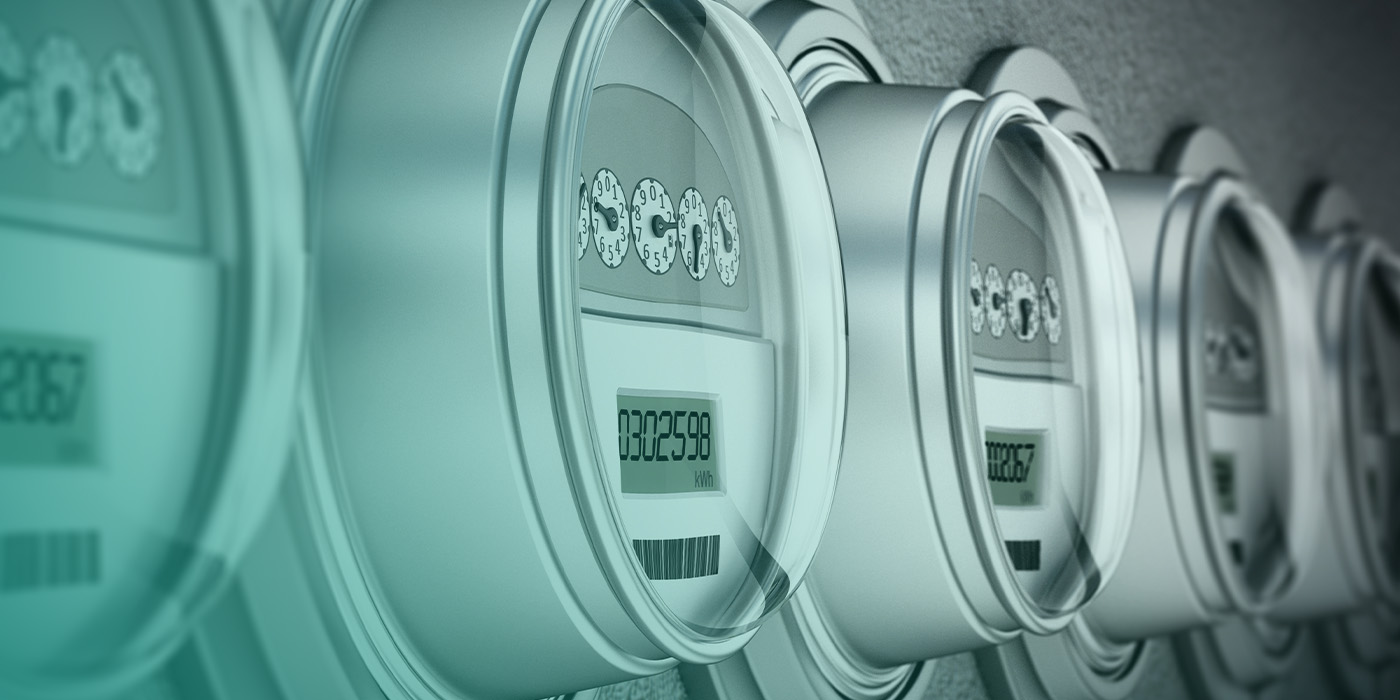
The Smart Metering Toolkit for Landlords & Developers prevents costly project errors and ensures energy data accuracy from day one.
Common Metering Mistakes in Project Planning
Most energy data problems start before the building is even complete.
Here are the most common pitfalls we see; and how they impact performance and budgeting later on:
Each of these errors results in avoidable cost, data gaps, and compliance challenges that can persist for years.

The Smart Metering Toolkit for Landlords & Developers provides a step-by-step guide to streamline energy data collection and infrastructure planning.
The Smart Metering & Planning Toolkit: A Step-by-Step Guide
A robust metering strategy ensures the right data is captured, shared, and usable; across billing, ESG, and procurement functions.
Here’s how to get it right from the start:
Step 1: Define Objectives
Clarify why you’re metering; for billing, sustainability, or risk management. This shapes the entire design.
Step 2: Map Metering Points
Include main incomers, tenant areas, and key plant (HVAC, lighting, EV chargers). Mapping ensures every energy flow is tracked.
Step 3: Select the Right Technology
Choose between AMR, sub-metering, and full smart metering (explained below). Ensure compatibility with Building Management Systems (BMS) and reporting platforms.
Step 4: Plan for Data Collection
Who owns the data? Who needs access? Integrate with bureau or analytics services early to avoid silos.
Step 5: Determine Funding and Recovery
Decide whether to treat installation as CapEx or recover via the service charge. Accurate billing benefits tenants, so shared funding is often acceptable.
Step 6: Engage Stakeholders Early
Include FM, tenants, energy consultants, and sustainability teams. This avoids misaligned expectations later.
Step 7: Audit and Review
Metering is not “fit and forget.” Reassess calibration and reporting every 12 months to ensure data integrity.
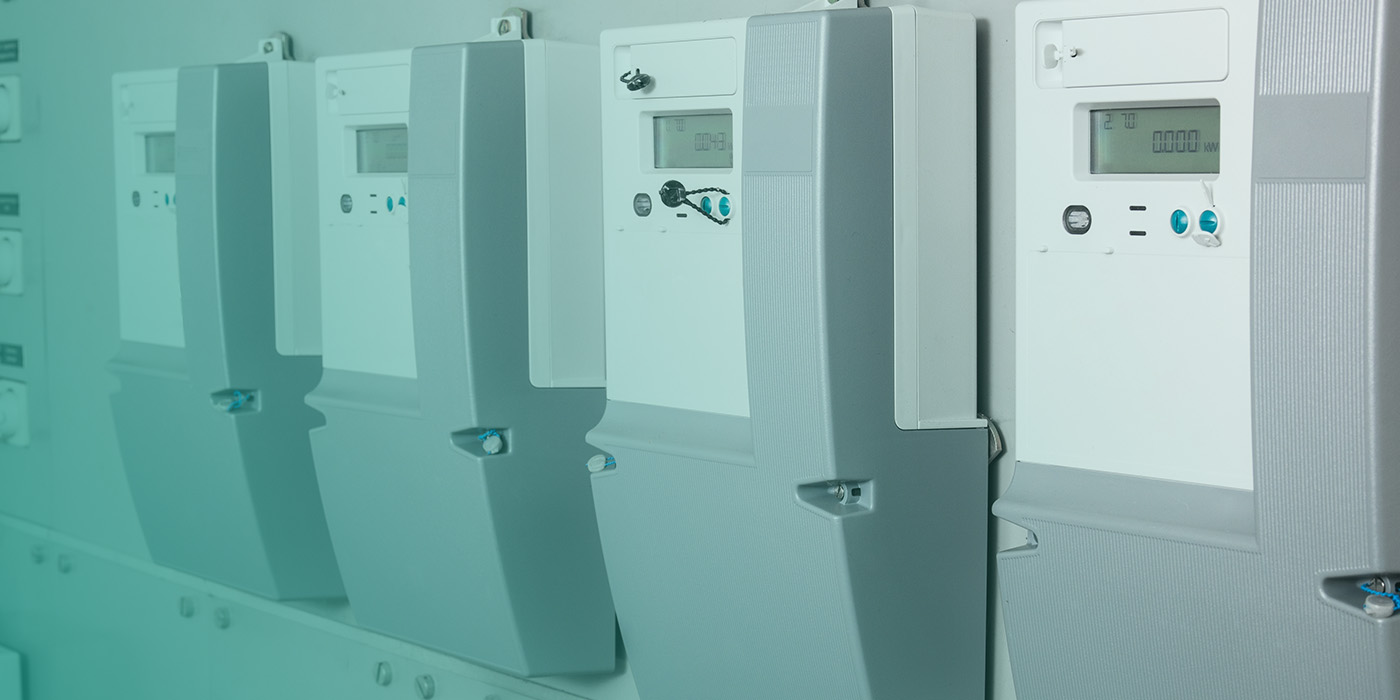
The Smart Metering Toolkit for Landlords & Developers helps clarify the difference between AMR, smart, and sub-metering systems for better energy insight.
Understanding AMR, Smart Meters, and Sub-Metering; What’s the Difference?
The terms AMR, Smart Meter, and Sub-Meter are often used interchangeably; but they are not the same. Understanding the difference helps you plan, budget, and communicate accurately across your teams.
| Type | What It Does | Typical Use | Data Interval | Key Benefit |
| AMR (Automatic Meter Reading) | Automatically collects data from an existing meter (electricity, gas, or water) | Building-level consumption tracking | 30-min to hourly | Removes manual reads and errors |
| Smart Meter | Combines AMR functionality with live data dashboards, analytics, and alerts | Portfolio-wide monitoring, compliance, ESG reporting | Real-time | Enables proactive management and insight |
| Sub-Meter | Measures usage for individual tenants, systems, or areas | Tenant recharging, load management | Manual or automated | Ensures fair cost allocation and transparency |
Think of it like this:
Best practice:
Use all three in combination; main meters with AMR for accuracy, sub-meters for internal transparency, and smart analytics for actionable insight.
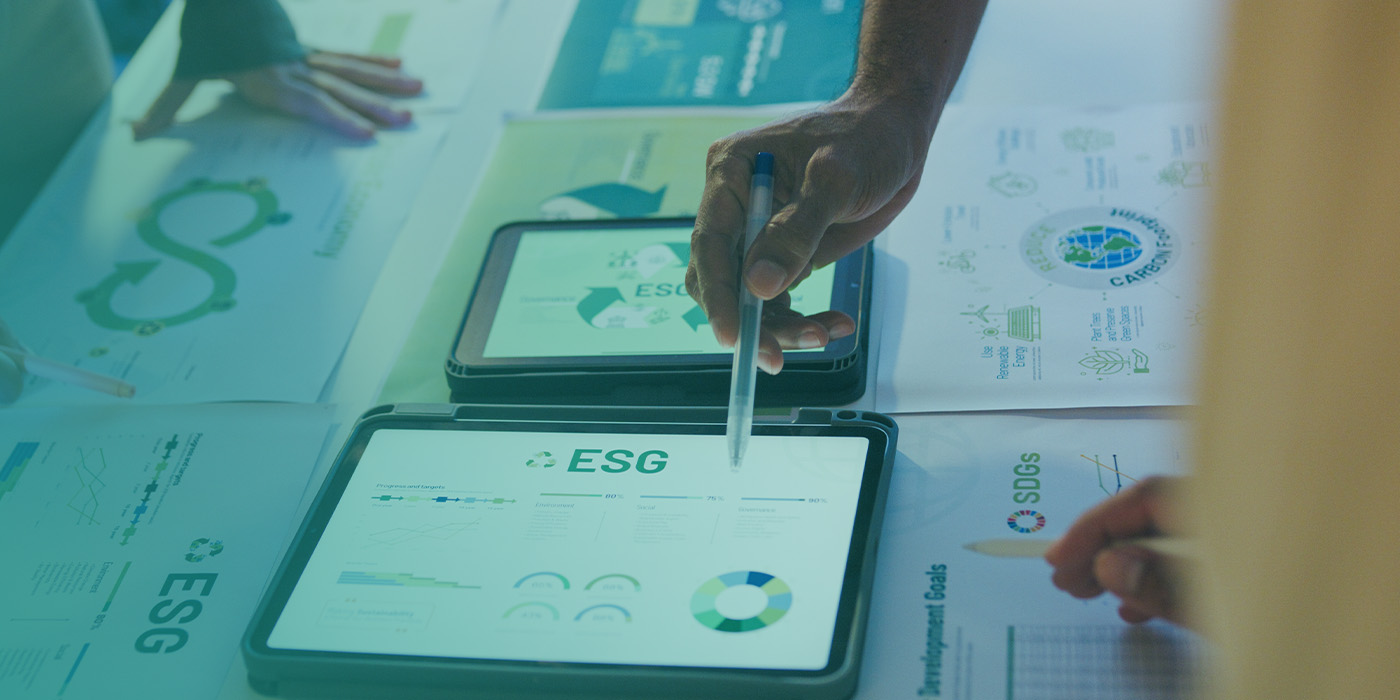
The Smart Metering Toolkit for Landlords & Developers connects metering insight to ESG, Net Zero, and energy resilience planning.
Metering for Resilience: Supporting Net Zero, ESG & Energy Resilience
Smart metering provides the data backbone for ESG and Net Zero strategies.
With verified, real-time data, landlords can:
For budgeting, this visibility translates into fewer “unknowns.” Energy procurement teams can forecast more accurately, finance teams can allocate budgets confidently, and ESG teams can demonstrate progress credibly.
Buildings with reliable metering data have more predictable cost baselines; essential for 2026 planning.
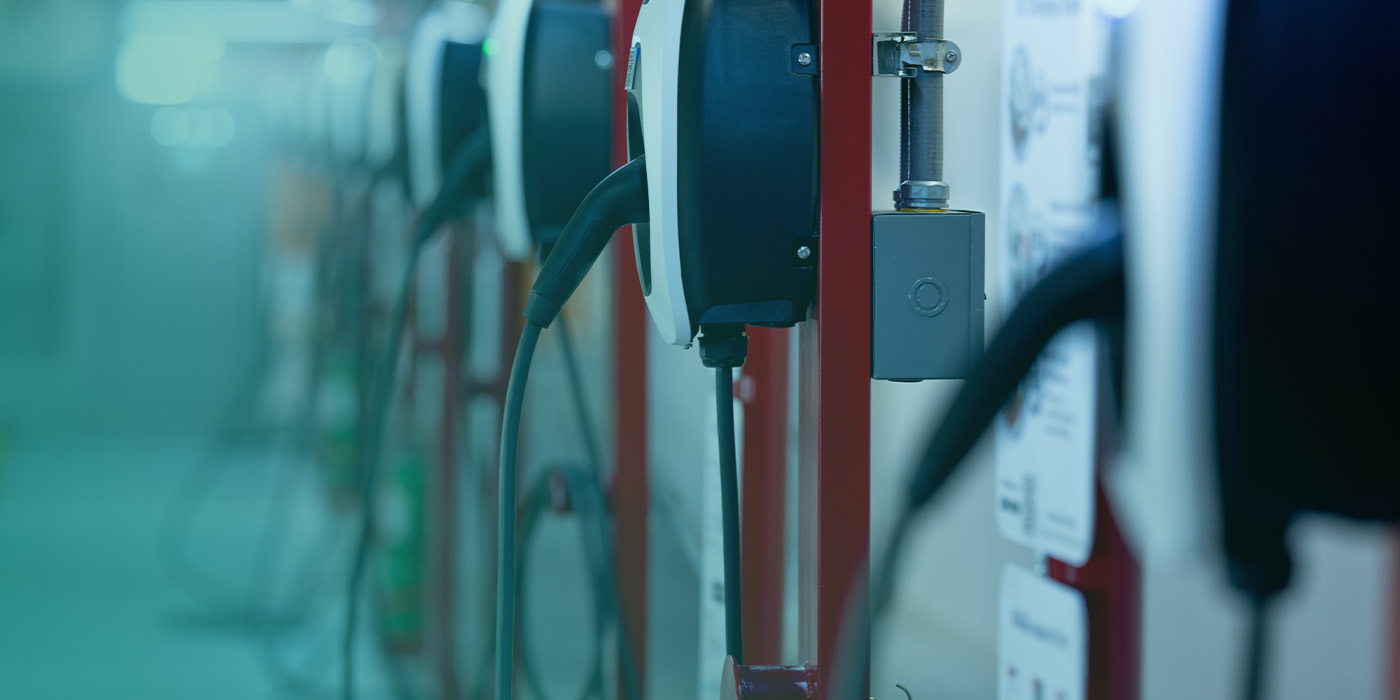
The Smart Metering Toolkit for Landlords & Developers helps integrate EV infrastructure with smart energy management and load balancing strategies.
Supporting EV Infrastructure and Load Planning
As EV adoption accelerates, electrical demand in commercial buildings is growing rapidly.
Without smart metering, EV charging introduces three key risks:
Smart metering solves this by:
This ensures EV infrastructure is scalable, compliant, and ready for future electrification demands.

The Smart Metering Toolkit for Landlords & Developers turns post-occupancy metering data into actionable insights for efficient operations and budgeting.
Post-Occupancy: Using Smart Data to Improve Operations and Budgeting
Once tenants move in, smart data becomes a daily management tool.
Smart metering supports:
From a financial perspective, smart metering underpins robust budgeting, forecasting, and risk control.
For example:
In short, smart metering is the bridge between technical energy management and financial governance.

The Smart Metering Toolkit for Landlords & Developers delivers the data intelligence needed to future-proof modern buildings.
How Smart Metering Future-Proofs Buildings
Every future-ready building has one thing in common; data integrity.
As energy reporting, ESG disclosure, and operational efficiency become more stringent, properties with verified, auditable metering data will:
By contrast, properties without metering visibility face higher costs, weaker governance, and limited access to sustainable funding.
Smart metering isn’t just about knowing what’s happening now; it’s about proving performance in the future.
The Smart Metering & Planning Toolkit – Summary Checklist
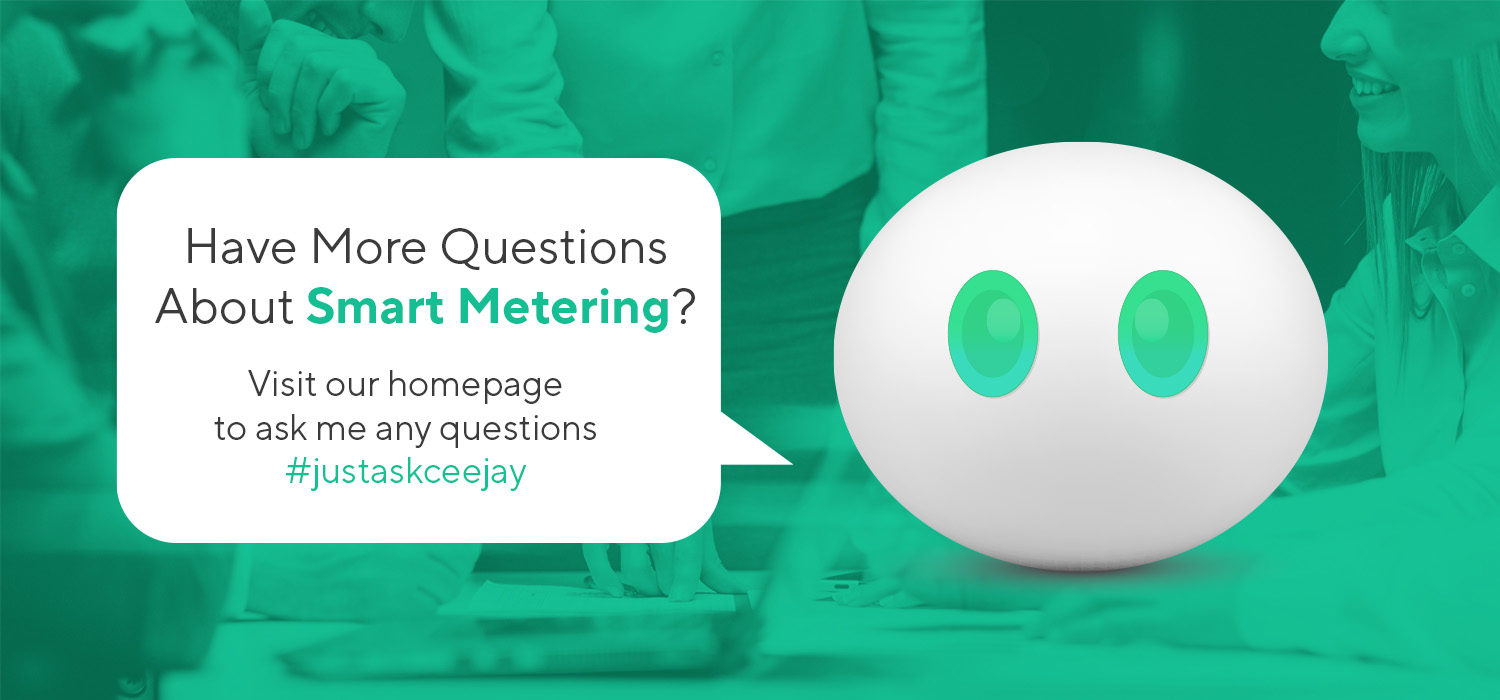
Ask us how the Smart Metering Toolkit for Landlords & Developers can support smarter metering, infrastructure coordination, and sustainability planning.
How Inteb Helps
Inteb’s metering specialists design, specify, and deliver smart metering strategies that work.
We bridge the gap between engineering, compliance, and finance; turning data into actionable insight.
Our services include:
Smart metering is not a bolt-on; it’s the foundation for accurate billing, informed procurement, sustainable operations, and financial resilience.
Buildings with robust data will outperform, out-comply, and outlast those still relying on estimates.